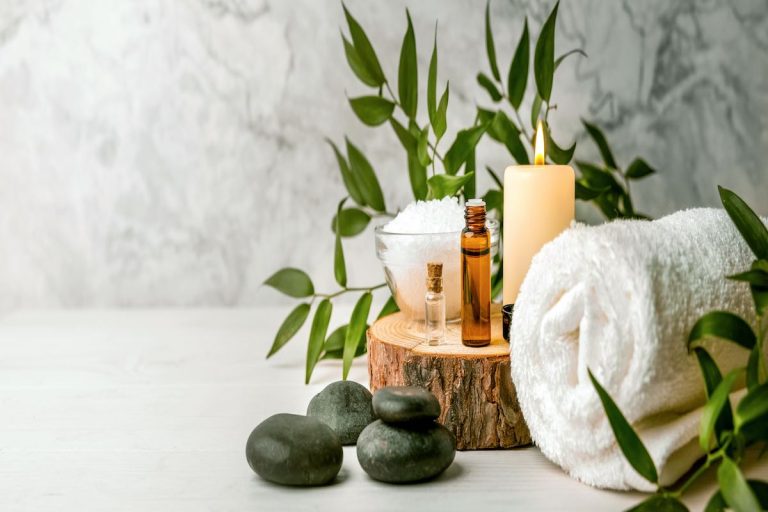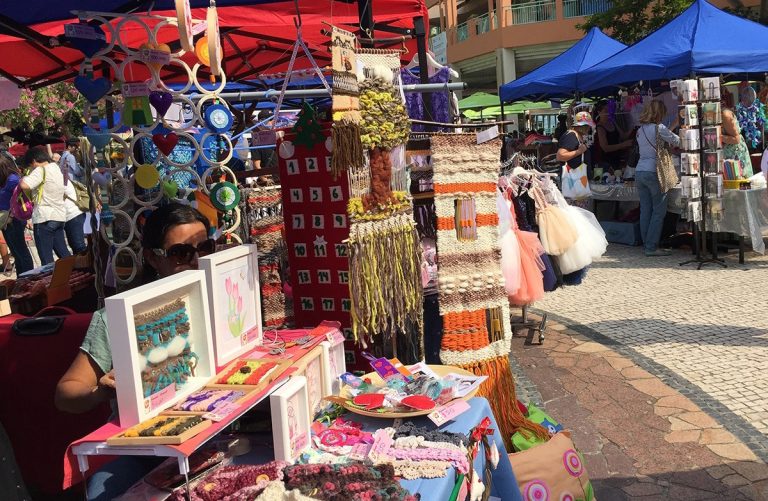Stand-up Paddle Board gives a fun and relaxing way to enjoy the water- without any waves required. Even with minimum gear, you may paddle around the ocean surf, lakes and river.
But before you try this, you should know how to choose the right stand-up paddleboard for you- considering the type of board, its size, fin setups, and materials used.
Pick the Type of Board
In picking the type of stand-up paddleboard to use, consider where are going to paddle, and what kind of paddling experience you wanted to try. Here are a few:
- An all-around paddleboard is the best option for outings and fitness sessions on flat water. This board can surf on small up to medium ocean waves.
- Surf-style paddle boards are mostly shorter and can maneuver well through carving into the waves.
- Touring paddle boards used in exploring long water treks, so it has a cargo room.
- Yoga paddle boards give stability and better grip through various positions in yoga.
- Whether you want a relaxing time on the water or to race, an inflatable paddle board is perfect, mainly if you don’t have enough space for storage.

Select the Board Size
Make sure to research and check out onyxmotion paddle board reviews to know more of its best paddle boards and characteristics. The average weight should be around 20-30 pounds.
The board width affects its stability. It also depends on the weight of paddler. Wide boards are ideal for larger people; whereas narrow boards are for smaller paddlers.
Board length depends on your paddling style. Average size paddle boards are for beginners; whereas longer boards used for racing and touring.
Familiarize with Fin Setups
There are several of fin setups to look for to add tracking and stability to paddle board:
- Large-single fin is best used on racing, touring, flat water paddling, or surfing.
- 3-fin set-up works for both flat water tracking and in surfing.
- Racing-fins are more flexible as it bounces off obstructions like rocks and logs so you may continue on paddling.
Paddle Board Materials
Paddleboards are made up of various materials- hollow or solid. Some of the conventional materials used are the following:
- Rotomolded plastics have durable exteriors perfect for rental companies or river rapids.
- Fiberglass and EPS foam is the most common type of paddle board used for many types of paddling.
- Inflatables are durable and light. It is made of PVC and easily stored in small spaces.
Onyxmotion paddle board reviews provide the pros and cons of every stand-up paddle boards. There are also reviews on versatility, construction, stability, appearance, and performance of paddle boards. Through these assessments, you can easily choose the right onyxmotion paddleboard for you.



















